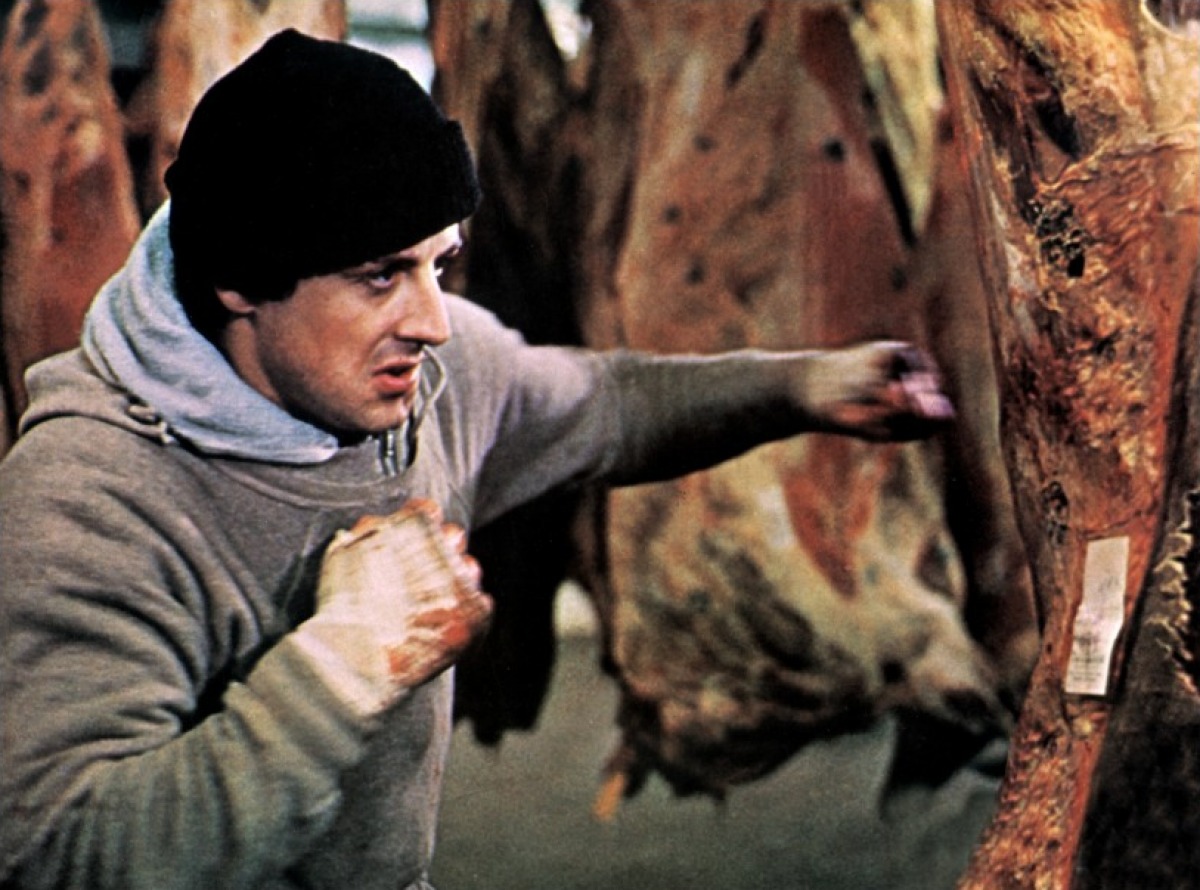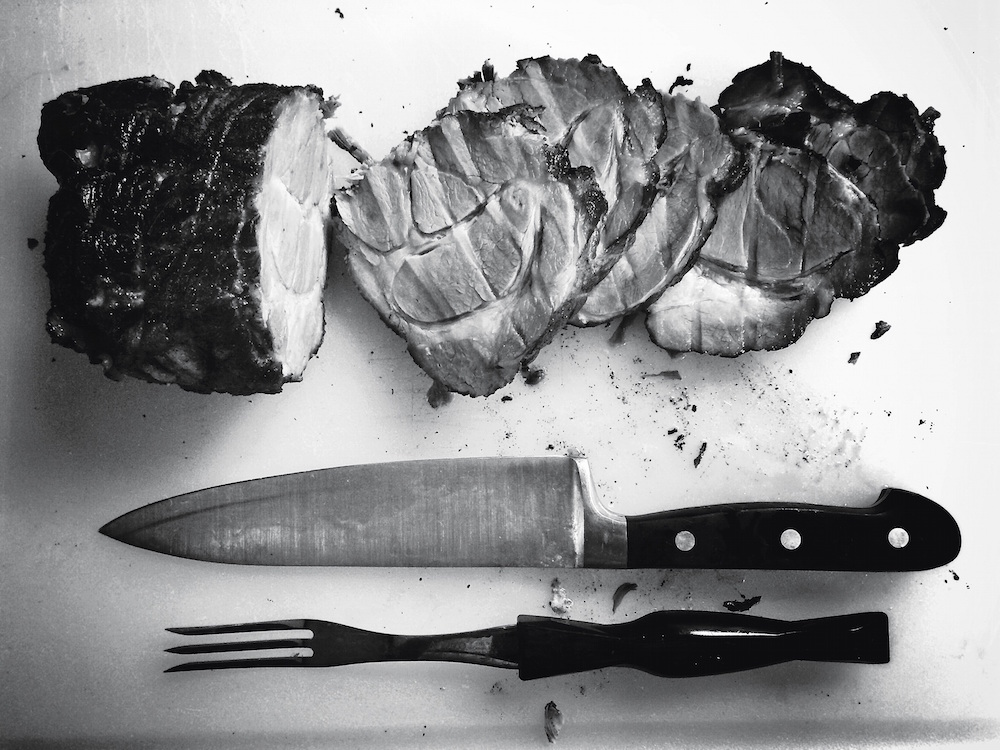Getting Smart with Beef: Aging
“How understanding these 2 beef aging techniques will help you choose the perfect steak”

We’ve all been there, maybe you’re looking for a tasty weeknight dinner or you’d like to impress your date with a special dish. Either way knowing which type of beef to go for can be tricky. There’s different cuts to choose from, like striploin, fillet and ribeye. On top of that, the labels boast of aging periods from 14 days right up to 48+ days. This can make deciding which steak to choose even more complicated. In this article, we explore the aging process and unpack the effect that aging beef has on its taste. Thus, getting you one step closer to making the right choice.
Why is beef aged?
In the 24 hours after the animal is killed its muscle fibers tighten and the meat becomes very tough. However, the natural enzymes present in the meat act on the connective tissue and muscle fibers of the meat, thereby, tenderizing it. This process (post-mortem proteolysis – for you science buffs) actually occurs with all meat but the process takes longer in beef, which is why, we don’t see chicken or pork that has been aged for several weeks.
“Ageing of meat, is the natural process of tenderisation when meat is stored or “aged” post rigor.”

How is beef aged?
So we know that beef is primarily aged to allow the meat to tenderise. However, as Pat Whelan, author of The Irish Beef Book points out,
“having a one sized fits all approach for aging is naive”
The type of aging process used will affect the water content as well as the concentration of flavour. The two techniques used are dry-age and wet-age.
delivered weekly to your inbox!
[ninja_forms id=162]
Dry-aged
In dry-aging, the beef is exposed to the open air and is stored around 1 degree in a refrigerator. The meat is stored or hung like this for several weeks.
“The best practice for hanging meat is where the meat is stored on the bone in a fridge. The temperature stays between 1 and 3 degrees thus enabling the enzymes to work without the meat decaying.”
As time passes, water evaporates from the meat and the flavour concentrates. The longer the aging period the more intense the beefy flavour will be.

Chart – A comparison of Dry Aging vs. Wet Aging
Wet Aged
In wet-aging, the beef is stored in a sealed vacuum bag right after the animal has been killed. As David O’Leary from the Dublin Meat Company explains,
“The goal (of wet-aging) is to encourage the breakdown of connective tissue, increasing the flavour without loss of volume”
While, wet-aging will result in a tender steak, unfortunately the meat won’t be able to lose moisture and therefore won’t develop that deep, concentrated, beefy flavour.
The Aging Period
Although scientific tests measuring meat tenderness would conclude that after 11 days of aging, the meat has reached its ‘maximum’ tenderness, nearly all the butchers we spoke to preferred a longer aging period. They narrowed in on a 21 – 28 day aging time frame. At James Whelan butchers they,
“age beef for a 21 day minimum, which means by the time you’re eating it, the meat would be aged for 25 plus days”
Gleeson Butchers also find that,
“21 days is the optimum time to tenderise the beef in order to maintain colour and enhance flavours.”

Final Thoughts
Beef is aged in order to allow the meat to develop tenderness. Both dry and wet aging will achieve this outcome however, the meat will have a different water content, flavour profile and price depending on the method used. For weeknight cooking wet aged beef will still be tender and make for a tasty dinner. However, for special occasions such as a birthdays or anniversary, we recommend opting for dry aged beef in the 21 – 28 day range.
delivered weekly to your inbox!
[ninja_forms id=162]
